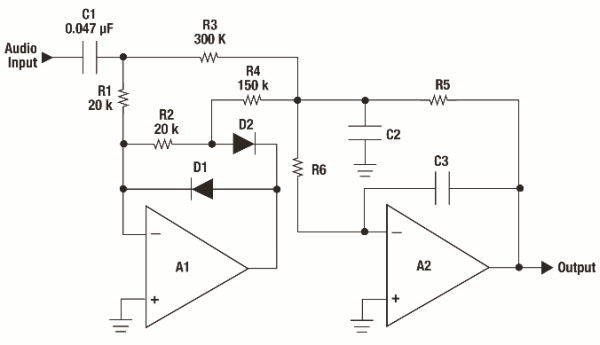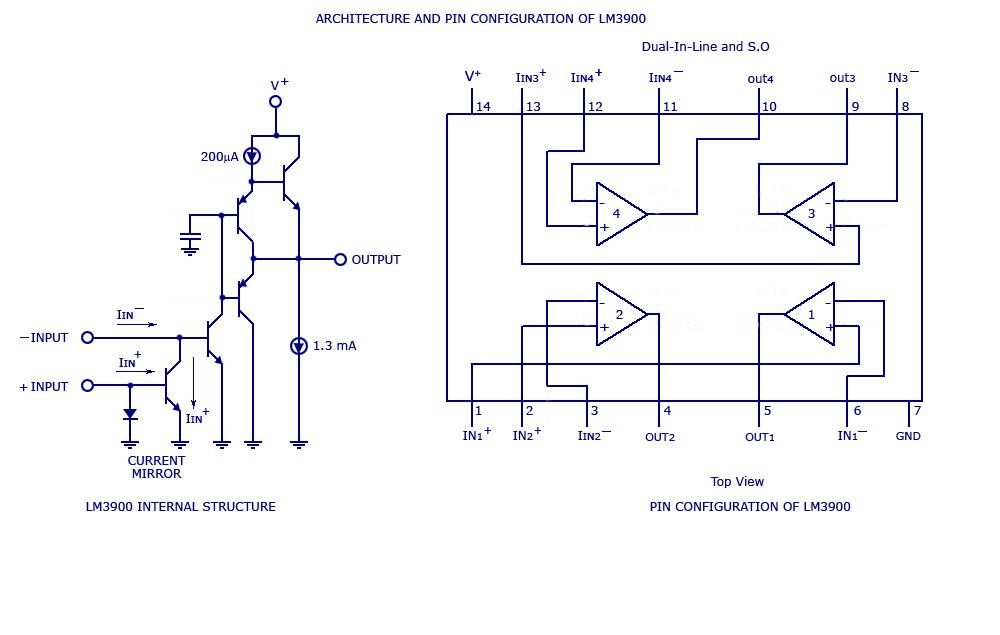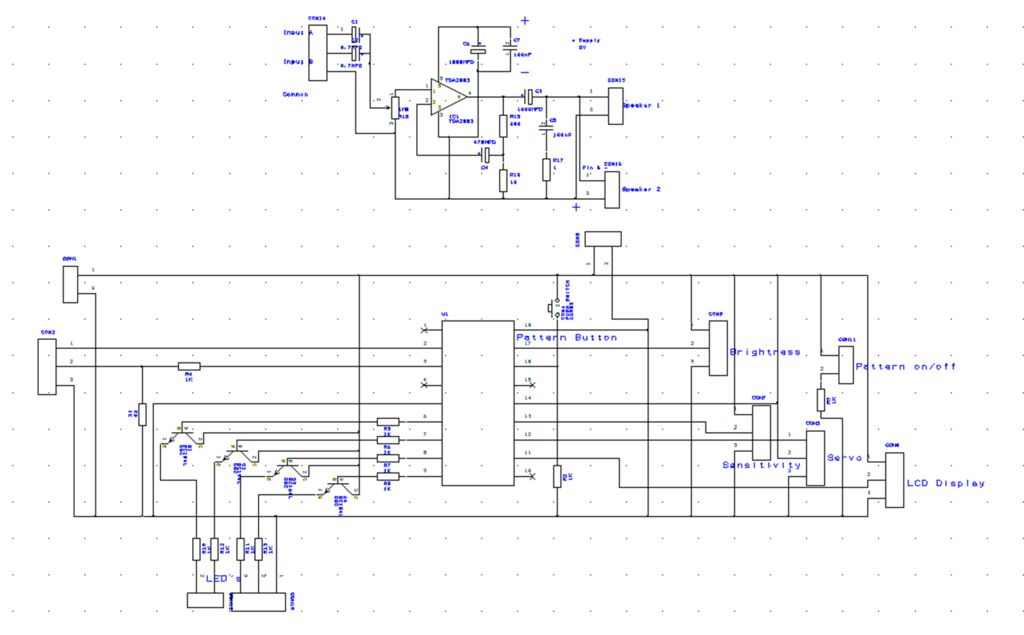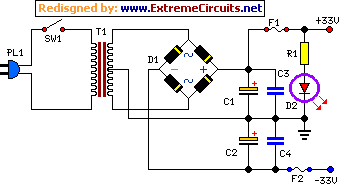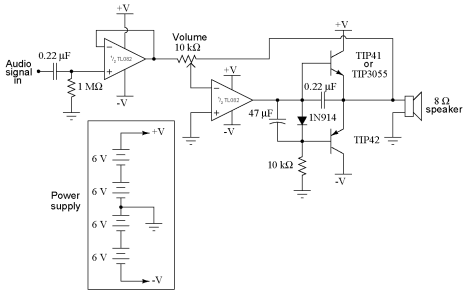
Audio Mixer
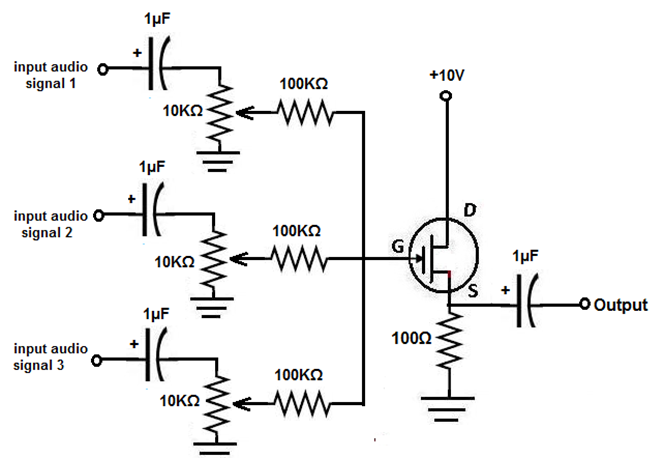
This project involves the construction of an audio mixer, a device designed to combine multiple audio signals into a single output. For instance, one input may consist of a solo vocal performance, while another could be background music. An audio mixer allows for the integration of these signals, creating a blended output that reflects both sources as if they were played together. The objective of this project is to provide insights into the workings of mixers and demonstrate how they can be built economically using basic components such as resistors, potentiometers, capacitors, and a JFET transistor. The mixer will fulfill its primary function of aggregating signals from various sources, enabling adjustments to the volume of each input as well as the overall output level. Essentially, a mixer operates as an adder, summing the different input signals and producing a combined output. The audio signal inputs are the entry points for the audio sources to be mixed, which can range from microphones to music files or speech recordings. The 1 µF capacitors located immediately after the audio inputs act as coupling capacitors, allowing only the AC component of the audio signal to pass while blocking any DC component, which is undesirable as it can introduce offset. This is the reason for the inclusion of coupling capacitors. Following these capacitors are 10 kΩ resistors connected to 100 kΩ potentiometers, which function as volume controls for each individual audio input. Adjusting the potentiometer to increase resistance reduces the volume of the corresponding audio signal, whereas decreasing the resistance results in a higher volume. A final 1 µF capacitor at the output again serves as a coupling capacitor, ensuring that only the AC signal is transmitted to the output, thus preventing any DC offset. The resulting output signal comprises all audio inputs merged into a single channel, exemplifying the fundamental operation of a mixer.
The audio mixer circuit can be broken down into several key components, each serving a specific function to facilitate the mixing process. The input stage consists of multiple audio inputs, which can be connected to various audio sources. Each input is accompanied by a coupling capacitor that ensures only the AC component of the audio signal is processed, effectively blocking any DC offset that could distort the output.
The resistors and potentiometers following the capacitors form the volume control section. The use of 10 kΩ resistors in tandem with 100 kΩ potentiometers allows for fine-tuning of each audio source's volume level. This configuration provides the user with the ability to balance the levels of multiple audio inputs before they are mixed together.
After the volume control stage, the mixed audio signals are combined and routed through another coupling capacitor to ensure that only the desired audio signal reaches the output. This final stage is crucial as it maintains the integrity of the audio signal, allowing for a clean and clear output.
The overall design emphasizes simplicity and cost-effectiveness, making it accessible for educational purposes and practical applications in audio mixing. The use of a JFET transistor in the circuit may be employed to provide additional gain and buffering, ensuring that the audio signals maintain their quality throughout the mixing process.
This audio mixer project serves as an excellent introduction to the principles of audio engineering, providing hands-on experience with fundamental electronic components and their applications in real-world scenarios.In this project, we will build an audio mixer, which is a device that can add different audio signals together into one output. For example, say, one audio input is a cappella, with a personG ‚¬ s lone voice singing and another audio signal is background music.
With an audio mixer, you can combine the background music with the singing to have a n output as if both audio signals were together, in other words, mixed, which is the function of a mixer. This project will serve to teach you about mixers and how they can be constructed cheaply using a few resistors, potentiometers, capacitors, and a JFET transistor.
It will do everything that a mixer is supposed to do: combine signals from different signal sources, with the capability of being able to change the volumes of the input signal sources as well as overall volume of the mixer output. A mixer is really nothing more than an adder. It adds all the different signals that are input into it and then combines the added signals into one.
The input audio signal inputs are where the audio signals which are to mixed enter the circuit. This could anything from microphone input, to a music audio file, to a speech file, any type of audio input which can be connected to this mixer. The 1G‚ µF capacitors which are directly after the audio signal inputs are coupling capacitors. These capacitors serve to only let the AC aspect of the audio signal through and block the DC aspect.
Only the AC aspect of the signal represents the audio of the signal. The DC is unwanted and would cause offset to the signal. Therefore, this is why we use these coupling capacitors. After these capacitors are 10KG resistors which are then hooked up to 100KG potentiometers. These 100KG potentiometers serve as volume controls. They control the volume of each individual audio signal which is input into the circuit. Turning the potentiometer so that its resistance increases lowers the volume of that audio signal. Conversely, turning the potentiometer so that its resistance decreases increases the volume of that audio signal. The 1G‚ µF capacitor on the output again serves as a coupling capacitor, so that only the AC signal goes to output and not any DC to cause offset.
The output signal contains all the audio signals tied into one channel, which is exactly how a mixer works. 🔗 External reference
The audio mixer circuit can be broken down into several key components, each serving a specific function to facilitate the mixing process. The input stage consists of multiple audio inputs, which can be connected to various audio sources. Each input is accompanied by a coupling capacitor that ensures only the AC component of the audio signal is processed, effectively blocking any DC offset that could distort the output.
The resistors and potentiometers following the capacitors form the volume control section. The use of 10 kΩ resistors in tandem with 100 kΩ potentiometers allows for fine-tuning of each audio source's volume level. This configuration provides the user with the ability to balance the levels of multiple audio inputs before they are mixed together.
After the volume control stage, the mixed audio signals are combined and routed through another coupling capacitor to ensure that only the desired audio signal reaches the output. This final stage is crucial as it maintains the integrity of the audio signal, allowing for a clean and clear output.
The overall design emphasizes simplicity and cost-effectiveness, making it accessible for educational purposes and practical applications in audio mixing. The use of a JFET transistor in the circuit may be employed to provide additional gain and buffering, ensuring that the audio signals maintain their quality throughout the mixing process.
This audio mixer project serves as an excellent introduction to the principles of audio engineering, providing hands-on experience with fundamental electronic components and their applications in real-world scenarios.In this project, we will build an audio mixer, which is a device that can add different audio signals together into one output. For example, say, one audio input is a cappella, with a personG ‚¬ s lone voice singing and another audio signal is background music.
With an audio mixer, you can combine the background music with the singing to have a n output as if both audio signals were together, in other words, mixed, which is the function of a mixer. This project will serve to teach you about mixers and how they can be constructed cheaply using a few resistors, potentiometers, capacitors, and a JFET transistor.
It will do everything that a mixer is supposed to do: combine signals from different signal sources, with the capability of being able to change the volumes of the input signal sources as well as overall volume of the mixer output. A mixer is really nothing more than an adder. It adds all the different signals that are input into it and then combines the added signals into one.
The input audio signal inputs are where the audio signals which are to mixed enter the circuit. This could anything from microphone input, to a music audio file, to a speech file, any type of audio input which can be connected to this mixer. The 1G‚ µF capacitors which are directly after the audio signal inputs are coupling capacitors. These capacitors serve to only let the AC aspect of the audio signal through and block the DC aspect.
Only the AC aspect of the signal represents the audio of the signal. The DC is unwanted and would cause offset to the signal. Therefore, this is why we use these coupling capacitors. After these capacitors are 10KG resistors which are then hooked up to 100KG potentiometers. These 100KG potentiometers serve as volume controls. They control the volume of each individual audio signal which is input into the circuit. Turning the potentiometer so that its resistance increases lowers the volume of that audio signal. Conversely, turning the potentiometer so that its resistance decreases increases the volume of that audio signal. The 1G‚ µF capacitor on the output again serves as a coupling capacitor, so that only the AC signal goes to output and not any DC to cause offset.
The output signal contains all the audio signals tied into one channel, which is exactly how a mixer works. 🔗 External reference
